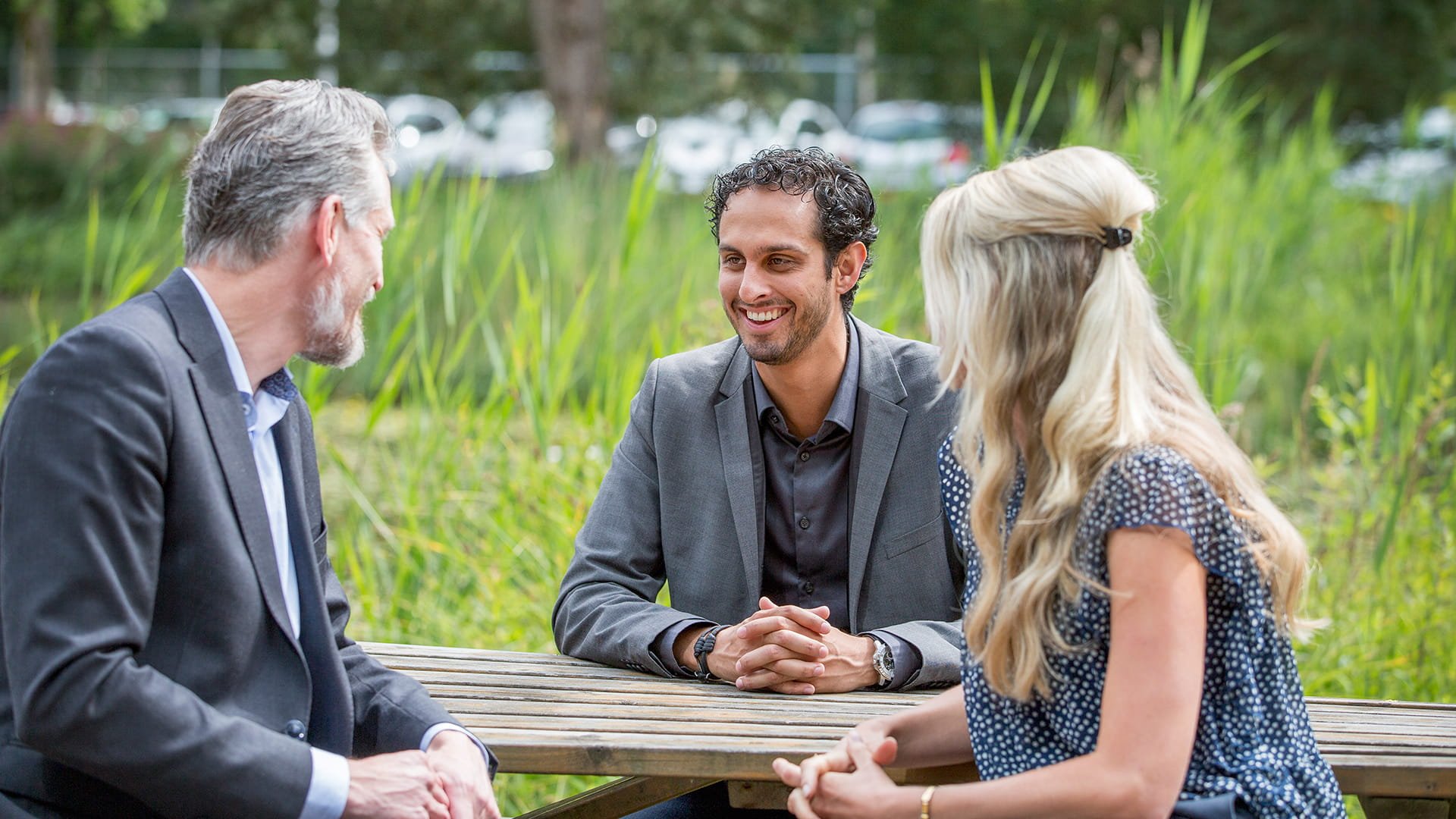India’s climate conundrum: a tale of resilient cities
On 15th August, 2021 – India’s Independence Day – Indian Prime Minister, Narendra Modi, launched the country’s first ever National Infrastructure Masterplan. The goal was to bring together 16 ministries to better integrate and align government departments – helping the country to identify and solve future infrastructure issues before they became a problem.
Once implemented, the plan could boost the economy, generate jobs, and expand the use of cleaner fuels to achieve the country's climate goals.
Royal HaskoningDHV was the only engineering consultancy to have been invited to the launch of this initiative, thanks to our past experience and dedication to developing a brighter and better future for India.
On the frontline
As part of the Climate Change and COP26 mandate, Royal HaskoningDHV played a key role in India’s National Resilience and Disaster Management project, carrying out key strategic projects all over the country.
By 2021, Phase 1 had already been completed and Phase 2 was being prepared. The objective for this second phase was to map out and analyse seven major risks – from drought and lightning, to flooding and cyclones – in prioritised coastal cities across India.

We would then use data to provide governments and local bodies with the tools to make better decisions on climate resilience and sustainable development. Doing so could significantly reduce the impact of severe climate-related disasters and help protect millions of people in the project cities. And, going forward, all 1.4 billion people who call India home.
Despite the absence of previous studies, the Royal HaskoningDHV Hazard and Vulnerability team was confident in its ability to make a meaningful difference. As the project got underway, a dedicated Royal HaskoningDHV team was deployed to each of the project areas within India, all remaining in close communication with the Resilience Team back in the Netherlands.
The missing piece of the puzzle
Due to our existing knowledge, experience, and time spent studying Phase 1 of the project, we were able to see early on that one major piece of the puzzle was missing – stakeholder consultation and engagement.
Our experts knew that with projects like this, local insights such as the history of disasters and associated losses could help guide their analysis and modelling.

To remedy this, we decided to hold workshops in each city, bringing together between 50 – 120 people each time. This included community representatives from each city, local officers, planning departments, and urban development bodies.
One of the biggest hurdles at this stage was the language barrier, as each state we were working with has a different language. Our teams dedicated themselves to studying local insight and adapting and delivering presentations, notices, and summaries in the local language.
We also had to juggle various Covid-19 restrictions, which added an extra layer of organisation to proceedings. Ultimately, though, our team got a clear picture of the hazards faced by each community, and a sense of involvement in shaping India’s climate future.
Boots, firmly and digitally, on the ground
Using this information, we applied highly sophisticated digital tools to create a web portal that integrates hazard and resilience data to predict landslide movements and heatwaves, as well as cyclone and flood forecasts.
With this portal in place, our teams continue to work with local governments in project cities across India.


This close cooperation and collaboration means that authorities can now develop actions and policy changes to not only better predict and prevent the impacts of climate events before they happen, but to also ensure new developments are more sustainable and resilient.
Thanks to the collaboration fostered by Royal HaskoningDHV, local governments, stakeholders, and residents, our target locations can be better protected, decision-makers can be smarter with investments, and the country can attract more trade through informed, sustainable development.
But Mother Nature doesn’t wait. With 20 other cities across India now flagged as at risk from climate-related disasters, the project is set to be extended, sooner rather than later.
Want to know moreor got a question?
Contact our Climate Resilience experts!
Are you ready to work on projects that drive positive change?
We are always looking for talents who want to collaborate closely with colleagues, clients and stakeholders and offer a new perspective to illustrate the bigger societal and technological picture. Talents who uses their deep domain knowledge to shape innovative solutions to make the transition to smart and sustainable possible. All the while considering the ethical implications of these solutions, to ensure we are driving positive change at every level: globally and locally, for our today and our tomorrow.
